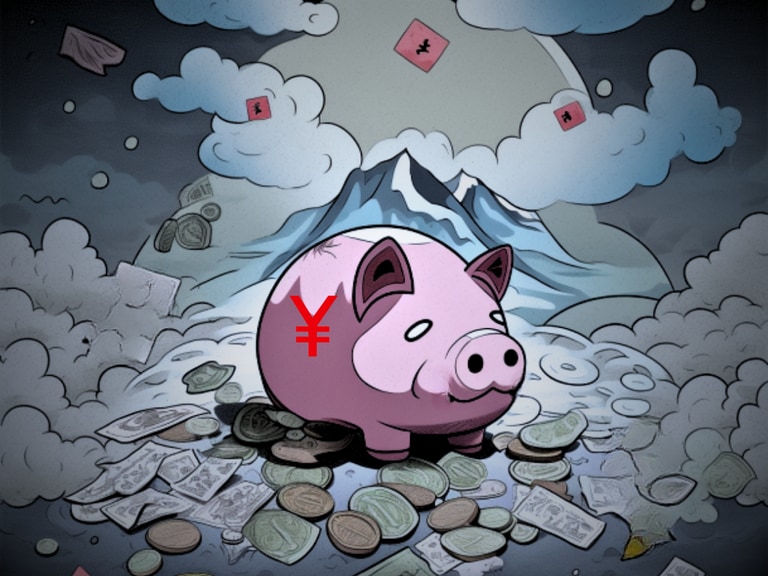China’s relaxing of its Covid-zero policy is a pivotal moment in the recovery of the travel and tourism industry since its pandemic downturn. As bullish investors are attempting to jump the gun and get ahead of the huge demand influx for travelling, it’s possibly an opportunity you wouldn’t want to miss out on as you’re scouring through the best travel and tourism stocks.
Keen to learn more about what the future holds for the travel industry? Read on as we cover the possible risks and rewards that you can explore as an informed trader in the ever-changing global markets.
What are travel and tourism stocks?
Travel and tourism stocks refer to shares of companies that mostly fall within the travel services, airlines, resorts, and casinos sectors. The performance of these companies typically depends on the ebb and flow of travel demand, which tends to peak during the summer and winter holidays.
In recent years, it’s arguable to say travel and tourism stocks have been in a rut. Due to the pandemic lockdown, stocks related to travel and tourism have seen a significant downturn as the overall demand for such services plummeted. With their drastic plunge, there are doubts that these stocks will be able to reclaim their pre-pandemic highs. These doubts have been aggravated by worsening macroeconomic conditions like stubborn inflation and rising benchmark interest rates. As loans become increasingly expensive, travel and tourism companies will need help to stay afloat amid falling revenue and increasing costs. Fortunately, there seems to be light at the end of the tunnel in the form of China’s much-anticipated reopening.
Is It Worth Investing in Travel and Tourism in 2023?
All in all, while the outlook for the travel industry is positive, sceptics have certain warranted fears which should be taken into account before investors decide if they should be bullish or bearish for travel and tourism stocks in 2023. Here’s what you need to know:
Bullish: China's reopening
With its recent downgrading of Covid-19 from Category A to B, China bids farewell to its stringent lockdown measures and finally reopens its borders to the world. While some expected China to loosen up on its treatment of Covid-19 eventually, no one predicted the authorities to loosen their grip on the pandemic that quickly. This relaxing of regulations comes just in time for the ‘Chun Yun’ period, an event that’s deemed the world’s largest human migration. Due to this Chinese New Year travel rush, authorities expect travel numbers to reach as high as 2.1 billion and recover to about 70% of 2019’s travel highs.
Naturally, this sudden reopening has led to speculators being bullish as economies worldwide experience an overwhelming increase in demand for all sorts of services thanks to the increased Chinese tourism. From increased footfall at tourist hotspots to more demand for lodging, the surge in holiday goers results in numerous ripple effects that will undoubtedly stimulate any economy.
Bullish: falling oil prices
After being a source of many headaches in 2022, oil prices have finally dipped to pre-Eastern European conflict levels. While the Russia-Ukraine conflict caused extended periods of volatility in oil supply and resulted in crude oil prices almost hitting $140, the situation was exacerbated by rumours of extreme weather. As temperatures fell in November, countries feared that a deep sub-zero freeze could cover the whole of Europe during winter. This fear drove up prices as governments scrambled to secure enough natural gas and oil to last them through the harsh winter.
Fortunately, these scares have mostly been averted as global warming played a part in keeping everyone warm. With this reassurance, oil prices have drastically fallen compared to their 2022 highs. If airlines and cruise lines take advantage of this crash, they can definitely improve their balance sheet and projected profits with cheaper fuel prices.
Bearish: staffing challenges
A lack of staff and manpower can instantly ruin any bullish momentum that a travel stock might have. With November JOLTS levels staying flat, businesses might not be able to deal with the sudden surge in demand for travel and tourism services. One example of this is the recent state of operational emergency issued by Southwest Airlines (LUV).
Due to a series of “unusually high absences”, the company released an internal memo that denied any requests for personal absence and issued mandatory overtime for all employees. Of the flights on 23 December 2022, only 16% arrived on time. The mass flight cancellations even made headlines as Southwest Airlines came under scrutiny from the US Department of Transportation. Overall, this fiasco caused LUV to plunge more than 10% over fears of Southwest’s lack of accountability and poor management conduct. Such an instance might be a sign of a greater staffing issue that's plaguing the entire industry.
Bearish: recession fears
Although the issue of China’s constant lockdowns has been solved, rampant inflation hasn’t as US CPI levels are far from the Federal Reserve’s targeted level of 2%. Rather, they sit at the current level of 6.5%. With mounting pressure from economists and the average American, they’re tasked with the insurmountable task of dealing with rising prices as daily necessities continue to spiral out of control.
In attempting to control inflation, the Fed has also caused the market to crash in the process as they become increasingly aggressive with their quantitative tightening stance and interest rate hikes. If inflation continues to be as stubborn as it was in 2022, the combination of these macroeconomic factors might suffocate the economy and cause it to plunge into recession. At that point, all stocks and assets are bound to lose their value as investors sell off in lieu of the poor economic conditions. Thus, it would not make sense to consider investing in a sector that’s as volatile and cyclical as travel and tourism stocks.
The bottom line
With these factors in mind, both bullish and bearish arguments certainly hold weight when it comes to deciding whether average investors should consider adding travel and tourism stocks to their portfolios. Thanks to China’s reopening, investors might finally lean more on the bullish side of things as the increased demand for travel and tourism services will help in propping up the balance sheets and revenue of certain companies. On the other hand, investors must be ready to lengthen their investment timeline where necessary as the worsening macroeconomic conditions will put a dampener on the travel and tourism industry recovery.
Disclaimer: CMC Markets is an order execution-only service. The material (whether or not it states any opinions) is for general information purposes only, and does not take into account your personal circumstances or objectives. Nothing in this material is (or should be considered to be) financial, investment or other advice on which reliance should be placed. No opinion given in the material constitutes a recommendation by CMC Markets or the author that any particular investment, security, transaction or investment strategy is suitable for any specific person. The material has not been prepared in accordance with legal requirements designed to promote the independence of investment research. Although we are not specifically prevented from dealing before providing this material, we do not seek to take advantage of the material prior to its dissemination.








